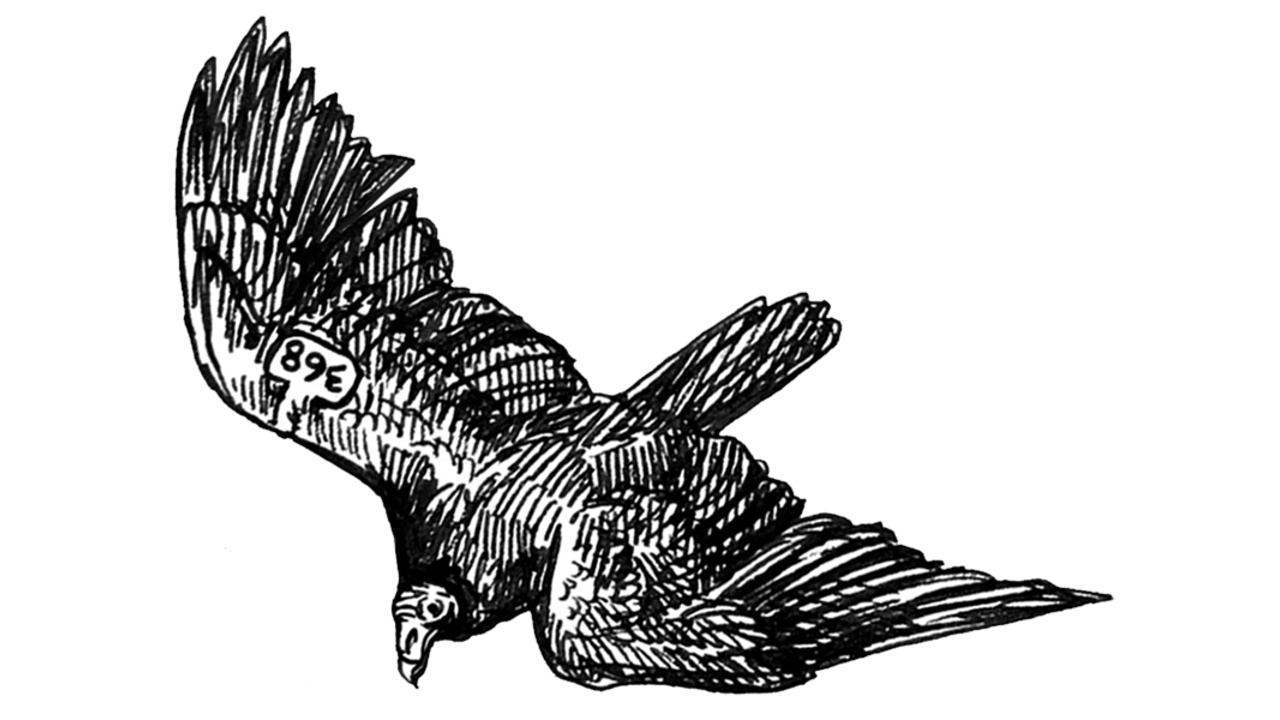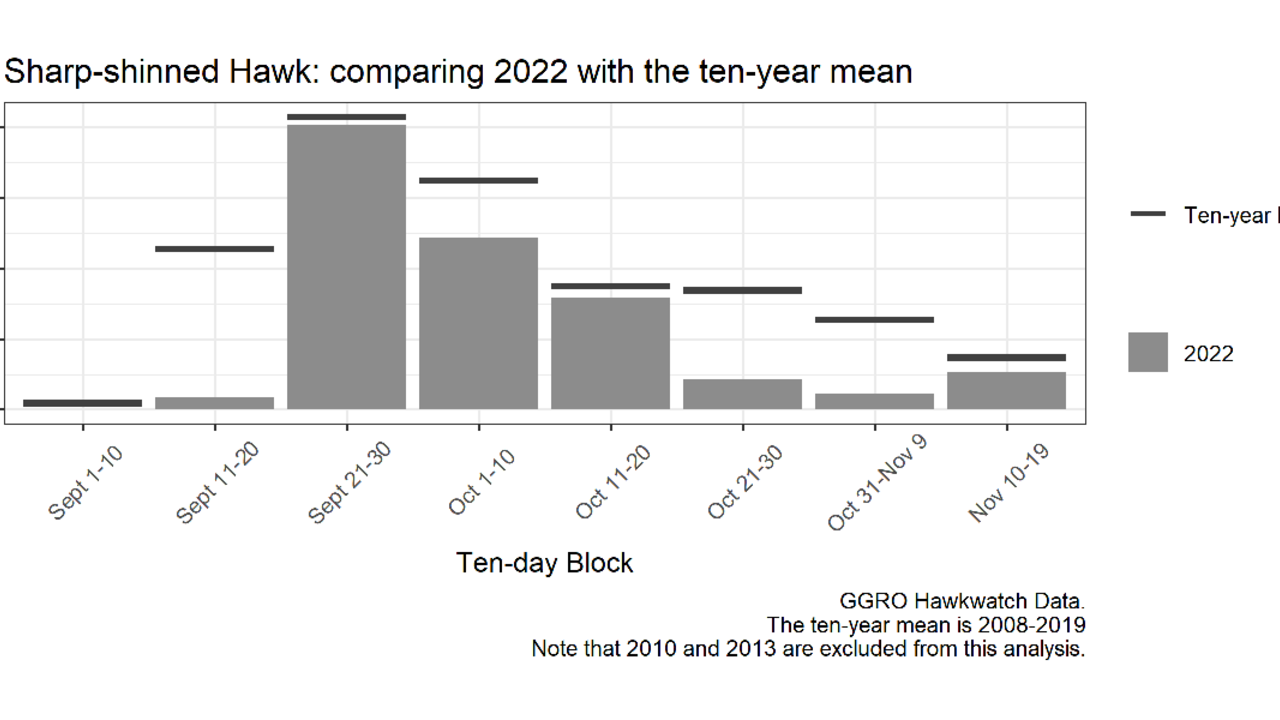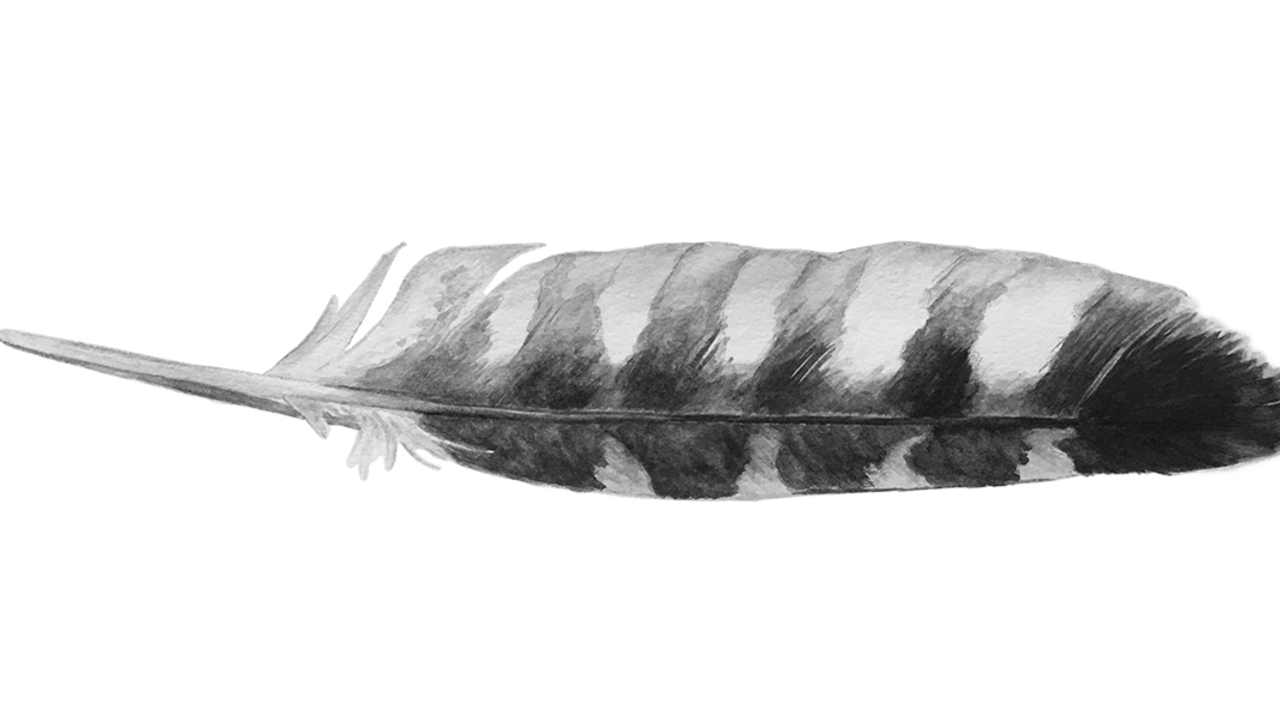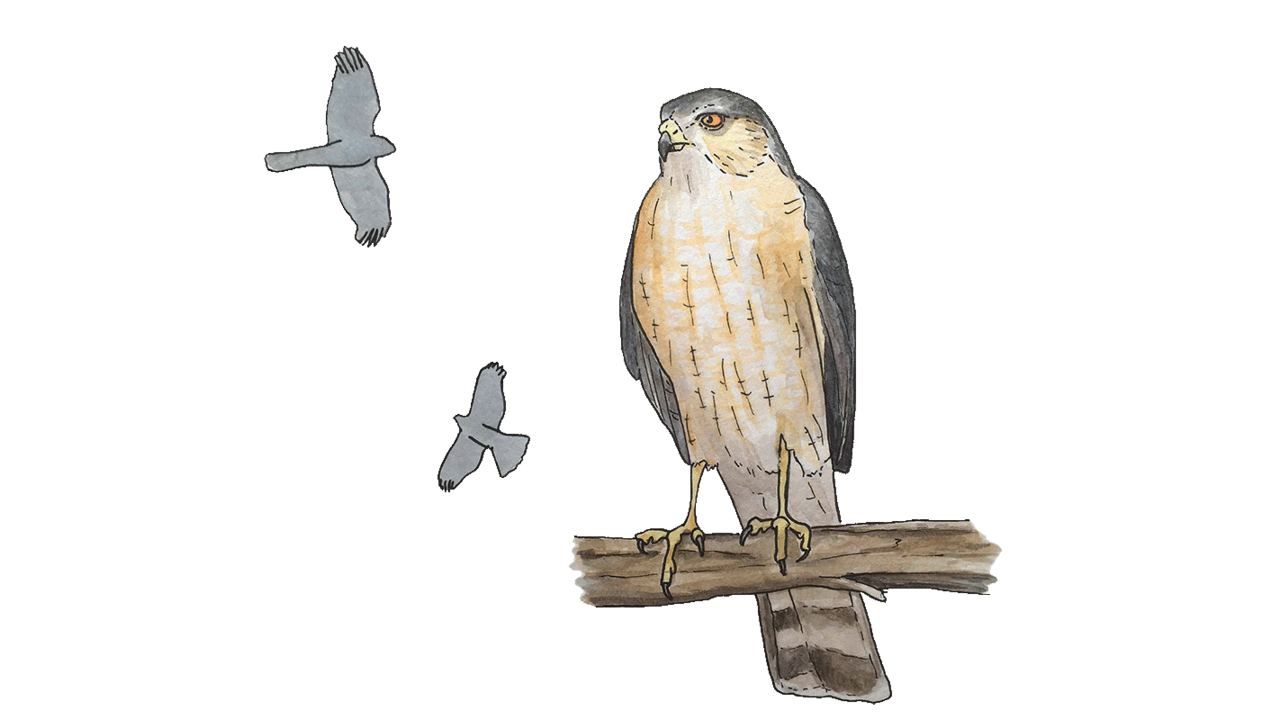GGRO 2022 Season Summary: Hawkwatch
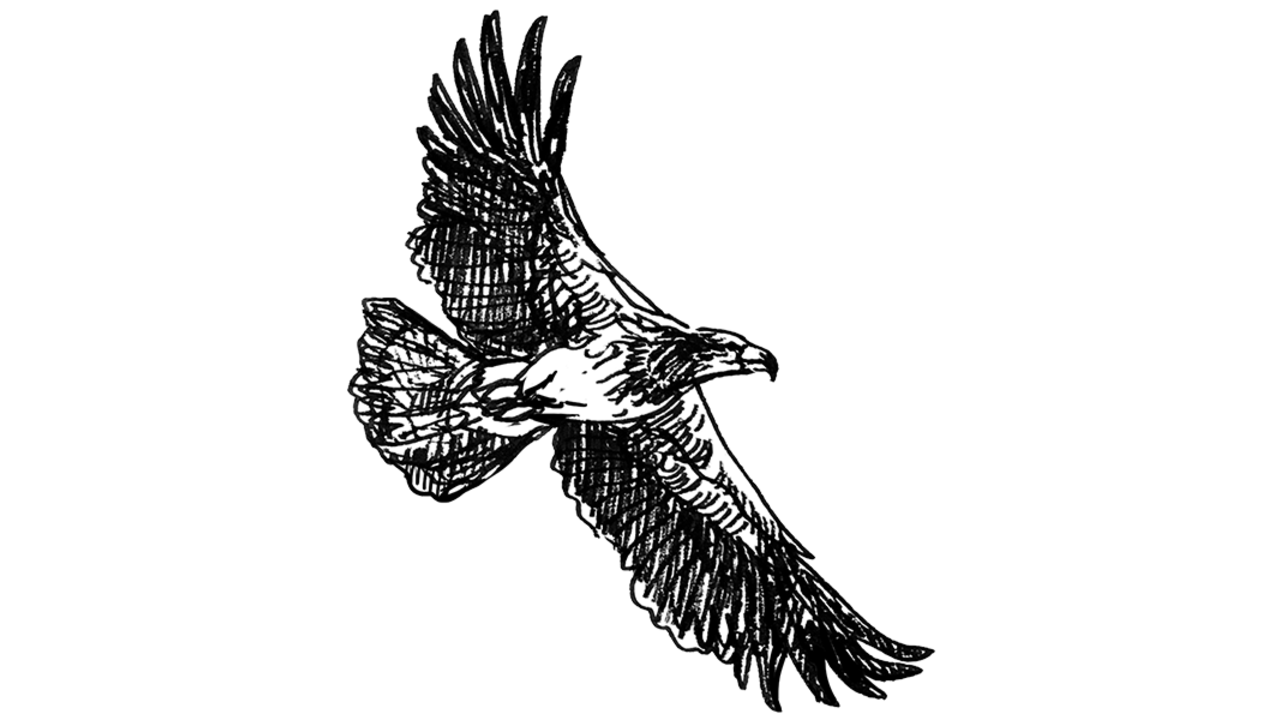
Emma Regnier / Parks Conservancy
The 2022 fall migration was a season of almost-recovery from COVID-19, but someone forgot to tip off the hawks, as we had one of our lowest overall counts in many years. Though we brought our Hawkwatch season back up from 12 to 16 weeks, we kept some safety procedures from the COVID years: social distancing, fencing to keep volunteer counters separated from the public, and no volunteer office visits. We increased the count team size from 5 to 8 people, which included: two co-dayleaders, four journey-level counters, one apprentice, and one staff person. On weekends, we added a second staff person to stay near the fence and greet the many visitors.
The 2022 Hawkwatch program was staffed by 75 volunteers and 4 staff members. We brought on apprentices for the first time since 2019 and conducted field classes each morning using foam-core boards invented in 2021 by the late, great George Eade. These “George-Boards” covered a range of raptor identification lessons, for example, Eagle Ages, Accipiter Tails, Brown-backed Harriers, and Buteo Salad.
The season ran from August 15th to December 4th. Except for inclement weather, we counted daily from 10 am to 3 pm. Amidst rain and fog, high heat, and crazy wind, we counted for 410 of the possible 560 hours for the whole season, a bit lower than the average 470 hours/year for the ten years pre-Covid.
Our Parks Conservancy Data Manager Lizzy Edson set up the Hawkwatch 2022 comparison charts to show the raw count data for 2022 and the ten-year average count data. We use the term “sightings” since there is no way to be certain that a bird has been counted previously or not. The rates show sightings per hour; this is better for year-to-year comparisons since the number of count-hours fluctuates annually depending on how many fog days, rainouts, hot days, etc., have happened that year. Of the 18 raptor species counted in 2022, 13 showed declines in migration rates this year, and nine of those were near or over a 50% decline from the ten-year average.
Our four most prolific species – Turkey Vulture, Sharp-shinned, Cooper’s, and Red-tailed Hawk – declined in 2022, most extremely, Cooper’s, with 2022 rates just 44% of the past average. Two species increased in 2022, Bald Eagle and Broad-winged Hawk. Balds have been growing steadily and slowly in number in the fall migration as well as around the SF Bay Area since the 1990s. The Broad-winged Hawk increase mostly took place during four days in late September when 157 Broadwing sightings were recorded.
table#hawkwatch_table th p {
font-size: .7em;
}
|
Count 2022 |
Average Count |
Rate 2022 |
Average Rate |
% Change in Rate** |
|
|---|---|---|---|---|---|
|
Turkey Vulture |
5974 |
6571 |
14.54 |
16.41 |
-11% |
|
Osprey |
41 |
63 |
0.10 |
0.16 |
-37% |
|
White-tailed Kite |
14 |
58 |
0.03 |
0.15 |
-80% |
|
Bald Eagle |
20 |
10 |
0.05 |
0.02 |
150% |
|
Northern Harrier |
191 |
478 |
0.47 |
1.19 |
-60% |
|
Sharp-shinned Hawk |
1905 |
3049 |
4.64 |
7.61 |
-39% |
|
Cooper's Hawk |
891 |
2001 |
2.17 |
5.00 |
-57% |
|
Northern Goshawk |
0 |
1 |
0 |
0 |
0 |
|
Red-shouldered Hawk |
189 |
399 |
0.46 |
1.00 |
-54% |
|
Broad-winged Hawk |
558 |
270 |
1.36 |
0.68 |
100% |
|
Swainson's Hawk |
8 |
6 |
0.02 |
0.02 |
0 |
|
Red-tailed Hawk |
6195 |
7250 |
15.08 |
18.11 |
-17% |
|
Ferruginous Hawk |
11 |
26 |
0.03 |
0.07 |
-57% |
|
Rough-legged Hawk |
1 |
4 |
0 |
0.01 |
-100% |
|
Golden Eagle |
8 |
14 |
0.02 |
0.04 |
-50% |
|
American Kestrel |
115 |
287 |
0.28 |
0.72 |
-61% |
|
Merlin |
87 |
166 |
0.21 |
0.41 |
-49% |
|
Peregrine Falcon |
209 |
201 |
0.51 |
0.50 |
2% |
|
Prairie Falcon |
4 |
4 |
0.01 |
0.01 |
0 |
|
Unidentified |
424 |
869 |
1.03 |
2.17 |
-52% |
|
Total Sightings |
16,845 |
21,727 |
41.01 |
54.28 |
-24% |
|
Hours Counted |
411 |
400* |
Data compiled by Lizzy Edson and Allen Fish. If you would like to use these data, please contact us: ggro@parksconservancy.org
* The ten-year average used survey hours 10am to 3pm only for the years 2008-2019, removing 2010 and 2013.
** Change in migration rate from 2008-2019 average to 2022

